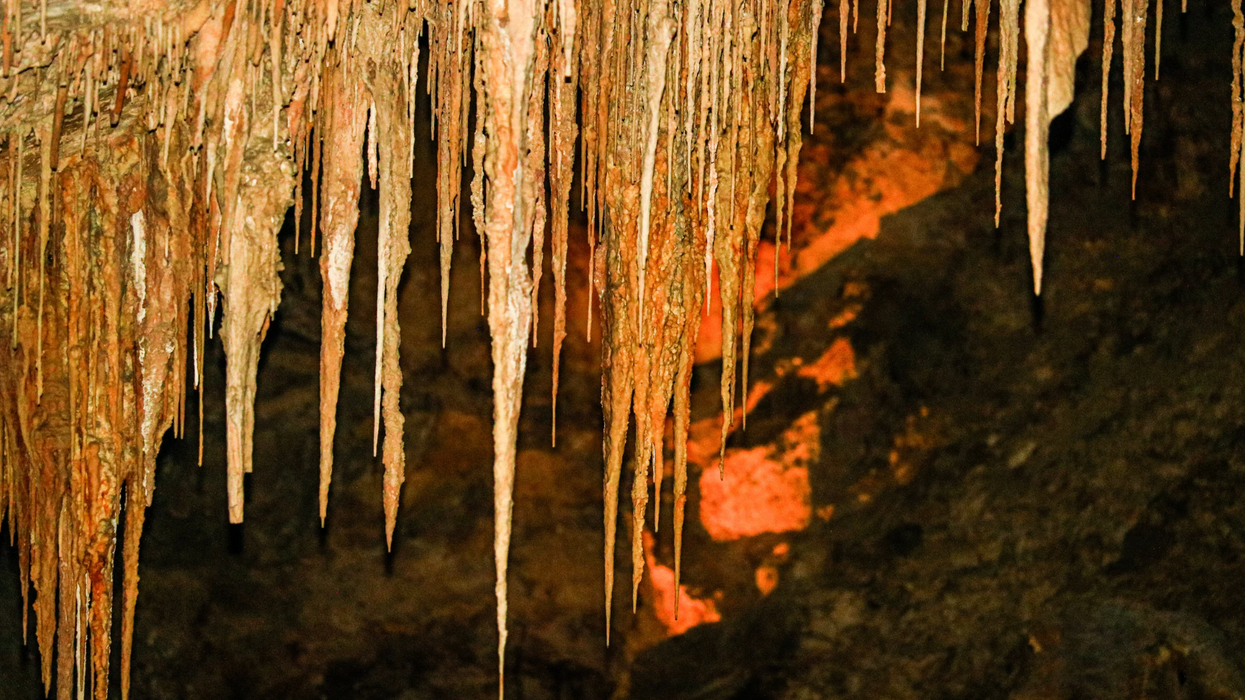Since humans primarily live above ground, it’s pretty easy for us to wrap our heads around the notion of height. People have height, buildings have (more) height, and mountains dwarf those buildings as the highest points on Earth. We look around all day and see height, so even the highest point on our planet, Mount Everest, is something we can understand because we’re used to seeing things jutting out of the ground and horizon.
But when it comes to depth, especially the depth of oceans, we’re much more likely to smile and nod without really having a sense of just how far down the ocean goes.
As the below video from Real Life Lore shows us using some really eye-opening scales, comparisons, and contexts, the vast majority of humans spend their entire lives having never gone more than 15 feet or so below the surface of any water, oceanic or otherwise. Which is why it’s understandable that we simply lack the experience in understanding what’s down there and how far it goes.
But this video sure does help:
Not only does the video drop some pretty interesting facts on the viewer — did you know that emperor penguins can dive deeper (535 meters) than a Seawolf class nuclear sub (443 meters)? — it also explains why we’re so reluctant and incapable of getting deep under water. The depths of the ocean produce immense pressure, and light of any kind gets very scarce very quickly.
The confluence of these factors means oceanic trenches don’t really make for an appealing destination. Put less euphemistically, the video asserts that the ocean beyond 1,000 meters deep is shrouded in permanent darkness and is dramatically referred to as the “Scary Zone.” Oh, but giant squids have no issue residing at these depths, which is certainly less comforting than if there were no squids down there at all.
Go down 2,000 meters, and you’ll find colossal squids — for when “giant” ones just don’t suffice — and sperm whales fighting each other, which looks something like this:
At the end of their lives, sperm whales wash ashore bearing the scars from their terrifying battles:
If you happen to require CGI footage of an imagined battle, you are in luck:
Get down to 4,000 meters or the “Abyssal Zone,” and the animals that inhabit this darkness appear more alien than earthly due to the extreme pressure on them.
Examples? Sure. Say hello to the fangtooth, anglerfish, and viperfish. They look like a friendly lot, don’t they?
Enough being sidetracked by the terrifying stuff that lies beneath the surface of the ocean. Let’s get back to the objective of demonstrating just how deep the ocean is. All of those terrifying things that will fight whales and eat your body (which at that depth already would be crushed like a soda can by pressure) in complete and total darkness? Those all exist before you even reach the average depth of the ocean, which is 4,267 meters.
Various points extend further down until you hit the absolute floor of the known ocean, which sits 10,994 meters below the surface. That’s called the Challenger Deep, and it’s as far down as you are high when flying in a commercial airplane.
And that’s just what we know about. We’ve likely only poked around at about 5% of the ocean floor’s total area, so it’s possible, and many feel likely, that there are deeper points of which we’re (blissfully) unaware.
















 Otis knew before they did.
Otis knew before they did.